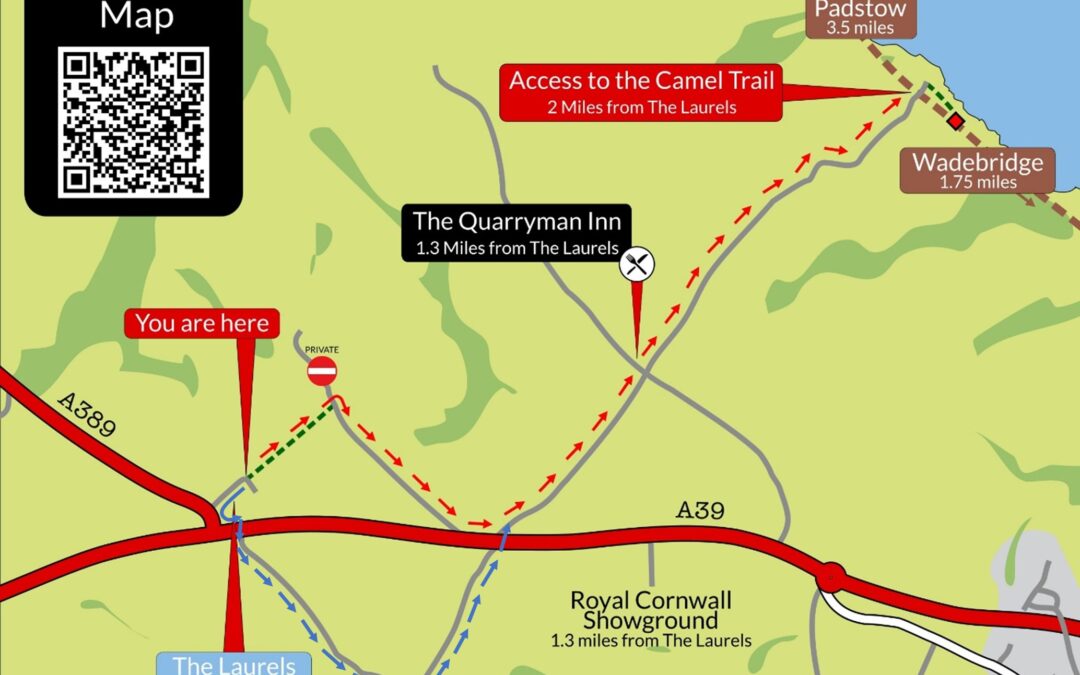
Cycle The Camel Trail
Cycle The Camel Trail
Here at The Laurels we often get asked is it possible to get access The Camel Trail safely from The Laurels.
The answer is most definitely YES (more…)

Here at The Laurels we often get asked is it possible to get access The Camel Trail safely from The Laurels.
The answer is most definitely YES (more…)
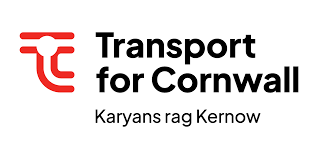
Please note this information is up to date as of September 2025. Please see the Transport for Cornwall website for the most up-to-date information.
There are 2 bus stops right outside The Laurels to get you to many different destinations:
Padstow Fork: This bus stop is on the main A39 which you can catch the Number 94 to Truro, on this route you can change buses at 'St Column Major' to get into Newquay. In the opposite direction the Number 94 goes into Wadebridge
Hals Grave: This bus stop is right outside our entrance on the A389, here you can catch the Number 57 to take you either to Padstow or Wadebridge (it also continues up to Bodmin and Plymouth via Bodmin Parkway Train Station).
Once in Padstow you can also connect to the Number 56 to take you along the coast into Newquay stopping at most of the beaches along the way.
Once in Wadebridge you can connect onto the Number 95 to take you up to Bude via Boscastle & Tintagel or the Number 96 to take you to Rock, Polzeath and Port Isaac.
When staying with us the best way that we find to look up bus times is to use the 'Go Cornwall Bus' mobile app. You can download the app here: Mobile App - Go Cornwall Bus
Use the Journey Planner for connecting bus time.
Alternatively you can view the full timetables on the transport for cornwall wesite using the links below. Make sure you click on the 'All Stops' option for the Hals Grave and Padstow Fork stops to show on the timetables.
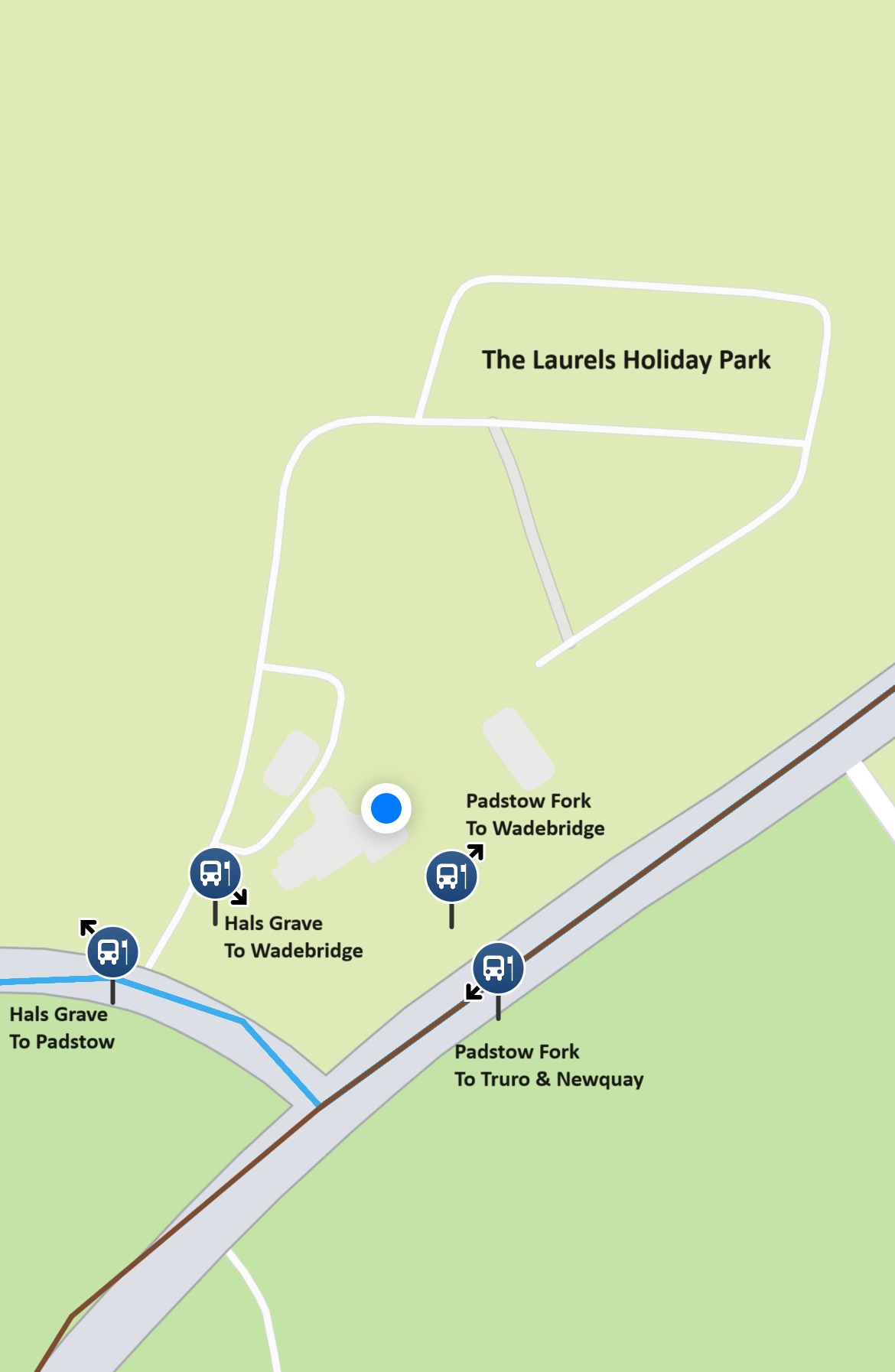
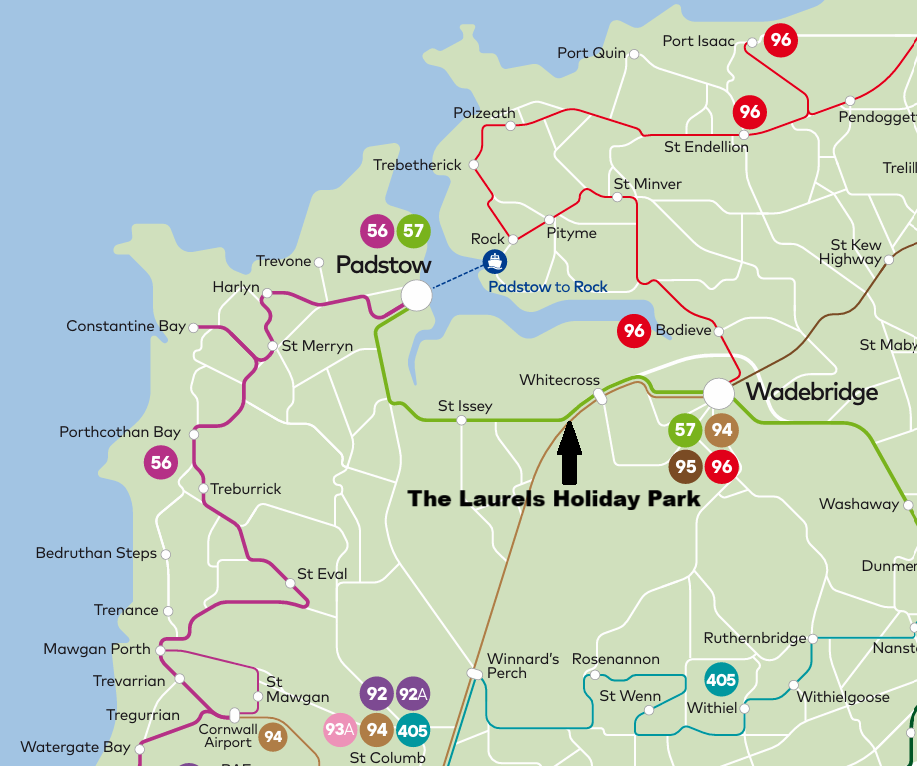

We often get asked which our favourite beach is and I would imagine it's like asking who your favourite child is – they are all so different and each have a uniqueness to them that we cannot choose!
Here's a brief guide to the best beaches all within a 30 minute drive from us here at The Laurels Holiday Park and the reasons why we think they are great!
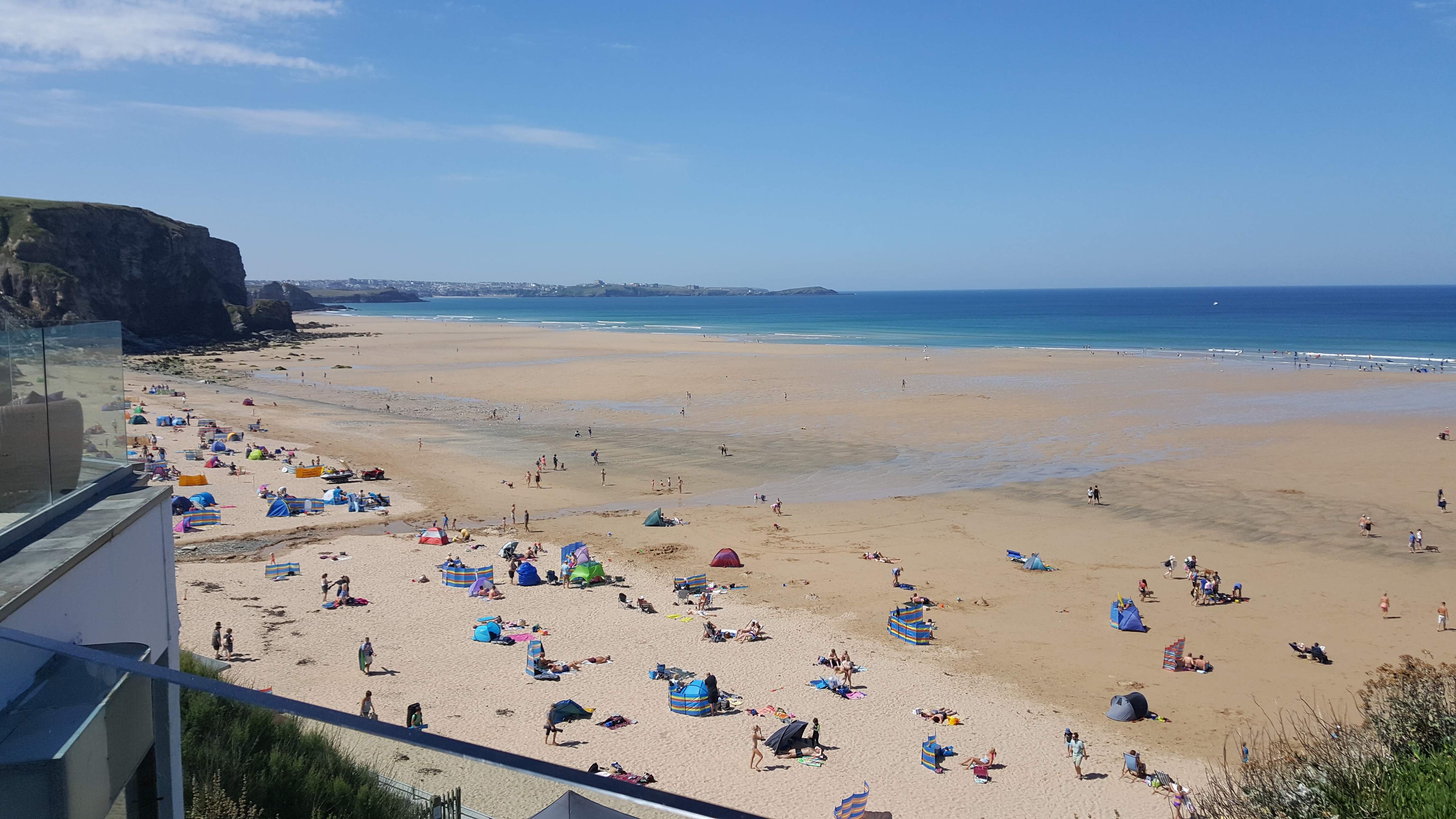
Watergate Bay – Huge open stretch of sand, great for surfing (there are many surf schools and rental shops) Lots of fantastic restaurants and bars - nearly all with superb views over the bay. Dog Friendly. Lifeguard cover over the summer.
Bedruthan Steps – A National Trust beach and home to the legend of the giant Bedruthan who made himself stepping stones which you see today in the form of huge rocky outcrops stretching along the beach. National Trust café at the top of the Carnewas cliffs. Dog Friendly. No lifeguard cover
Mawgan Porth – Another large beach which is a delight to spot as you drive down the windy roads towards it. It is surrounded by rugged cliffs and plenty of eating/drinking options close by. Dog Friendly. Lifeguard cover 19th May - 30th September.
Porthcothan – Smaller than others and limited parking this is a fairly quiet gem of a beach. Lots of caves and rockpools to explore at low tide. Dog Friendly. Lifeguard cover over the summer.
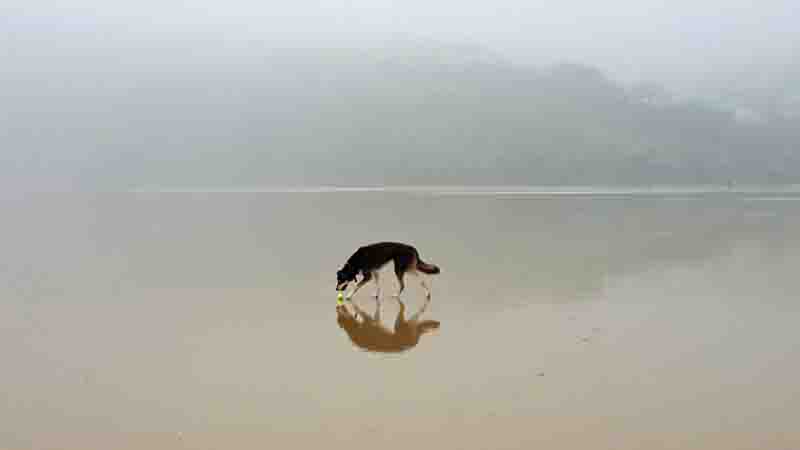
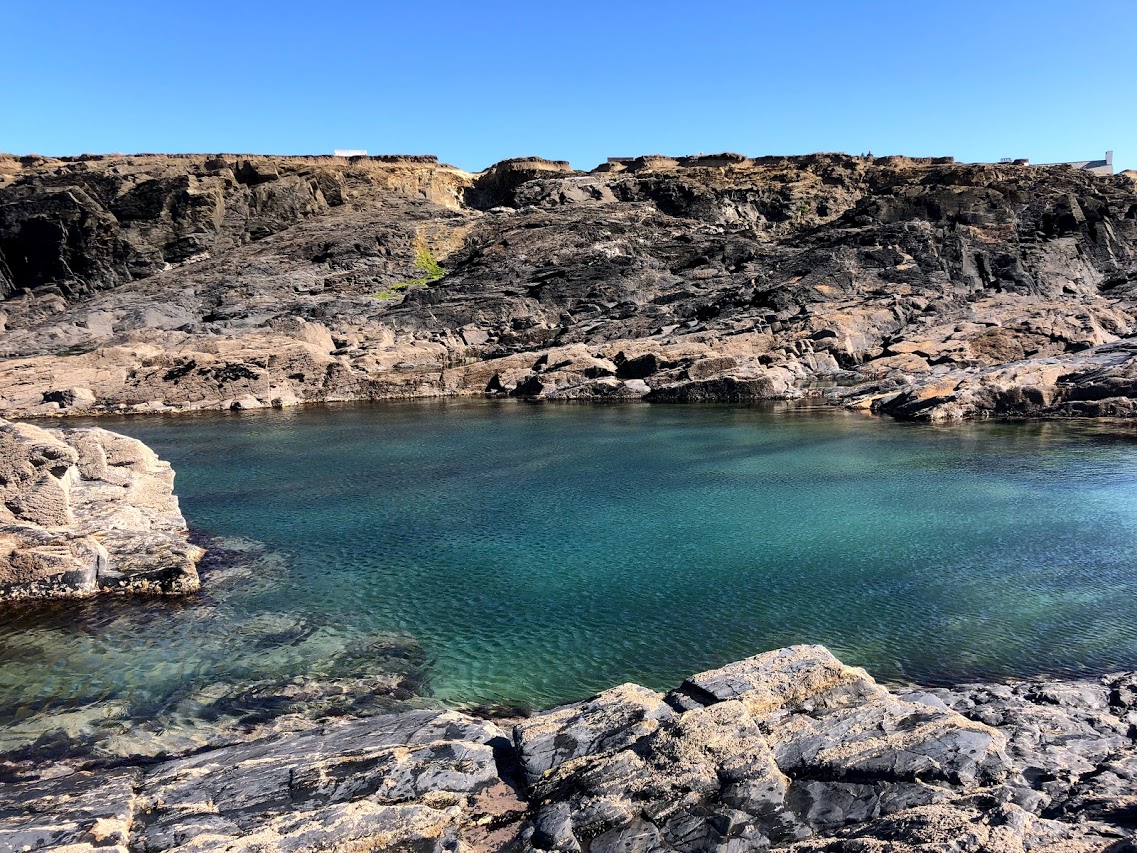
Treyarnon Bay – A stunning beach and at low tide has a wonderful tidal pool to take a dip in. Dog Friendly. Lifeguard cover over the summer.
Constantine – Superb for experienced surfers and with large dunes to explore, at low tide it’s neighbour beach Booby’s Bay can also be reached. Limited parking. Dog Friendly. Lifeguard cover over the summer.
Mother Ivey’s – Small but perfectly formed the only access is from the coastal path and the holiday park behind. No immediate parking. Dog Friendly. No lifeguard cover.
Harlyn – A nice big bay-perfect for families. Popular with horse riders. It has smaller surf than Constantine and is great for learners. Ice Cream trucks and catering vans have a spot there in the summer. Lots of rock pools to keep everyone entertained. Dog Friendly. Lifeguard cover over the summer.
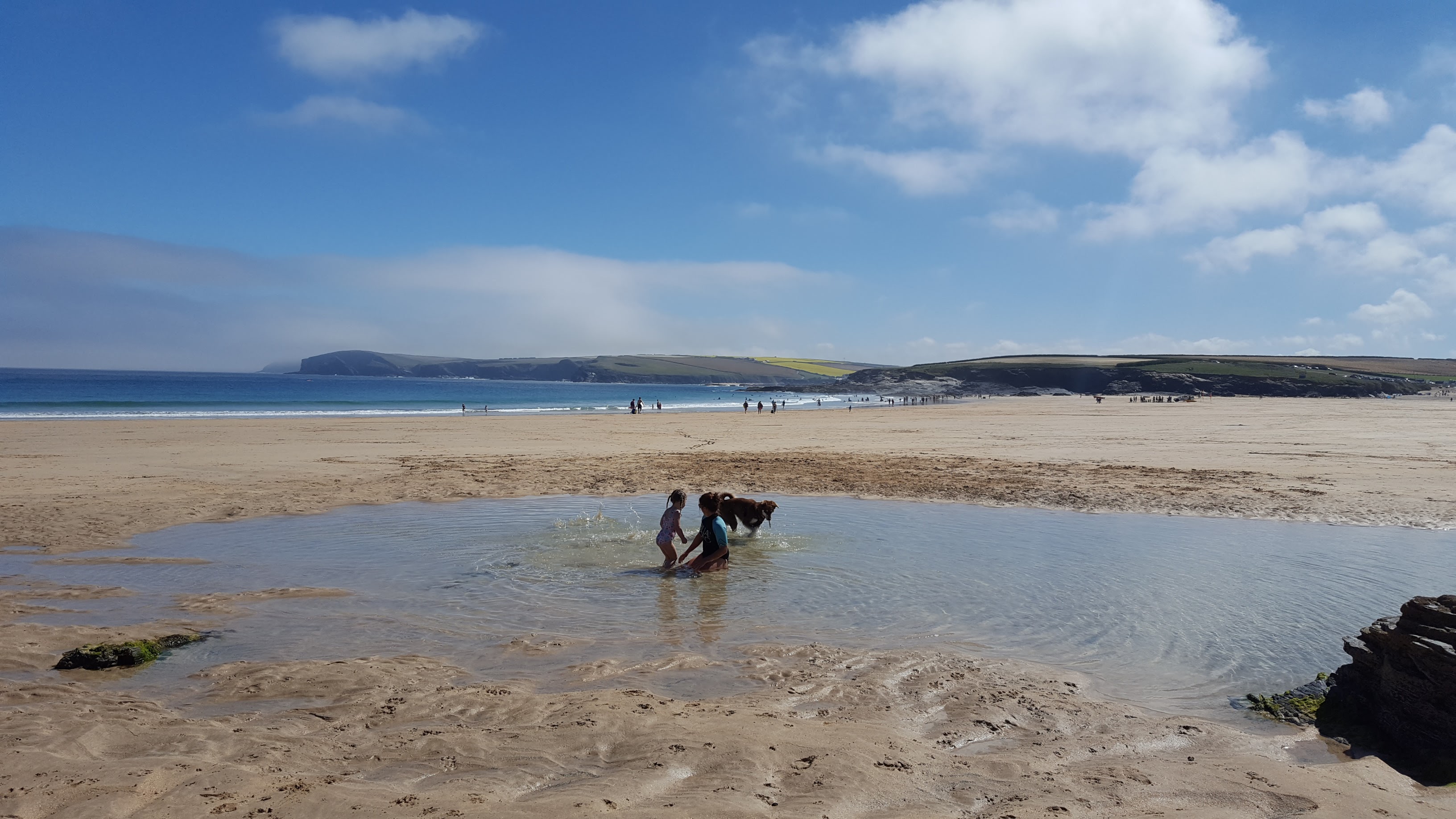
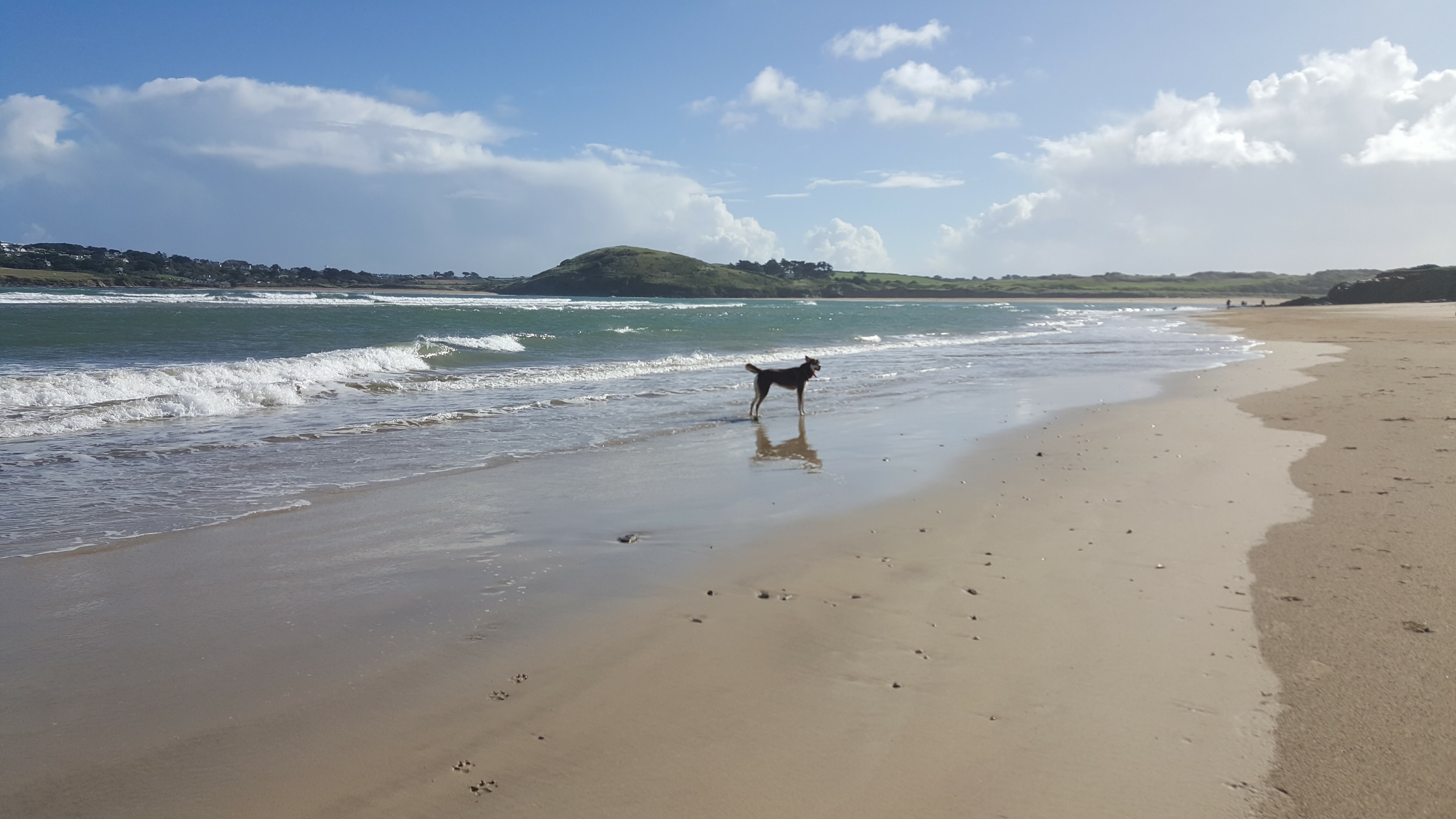
Trevone – A pretty, smaller beach much deeper than it is wide. Seasonal dog ban over the summer. Lifeguard cover over the summer.
Harbour Cove & Hawkers Cove – You don’t have to worry about loss of beach at high tide here plenty of sand stretching for over 1.5miles at low tide and linking Hawkers cover to Harbour Cove (Tregirls) and St George's Cove. It is one of the quieter ones due to no lifeguard cover and a 5-10 minute walk to access the beach but is more than worth it! Dog Friendly. No lifeguard cover.
Rock – Opposite Hawkers’ Cove the views here are stunning and there are a number of pubs and restaurants to sit and take it all in. Dog friendly. No lifeguard cover.
Daymer Bay – A more secluded bay and popular with both wind and kite surfers it is accessible from Rock at low tide. Dog Friendly. No lifeguard cover.
Polzeath – One of Cornwall’s most popular beaches it is fantastic for learning to surf and has parking on the beach! Beware at high tide the beach does become quite small. Seasonal dog ban over the summer. Lifeguard cover over the summer.
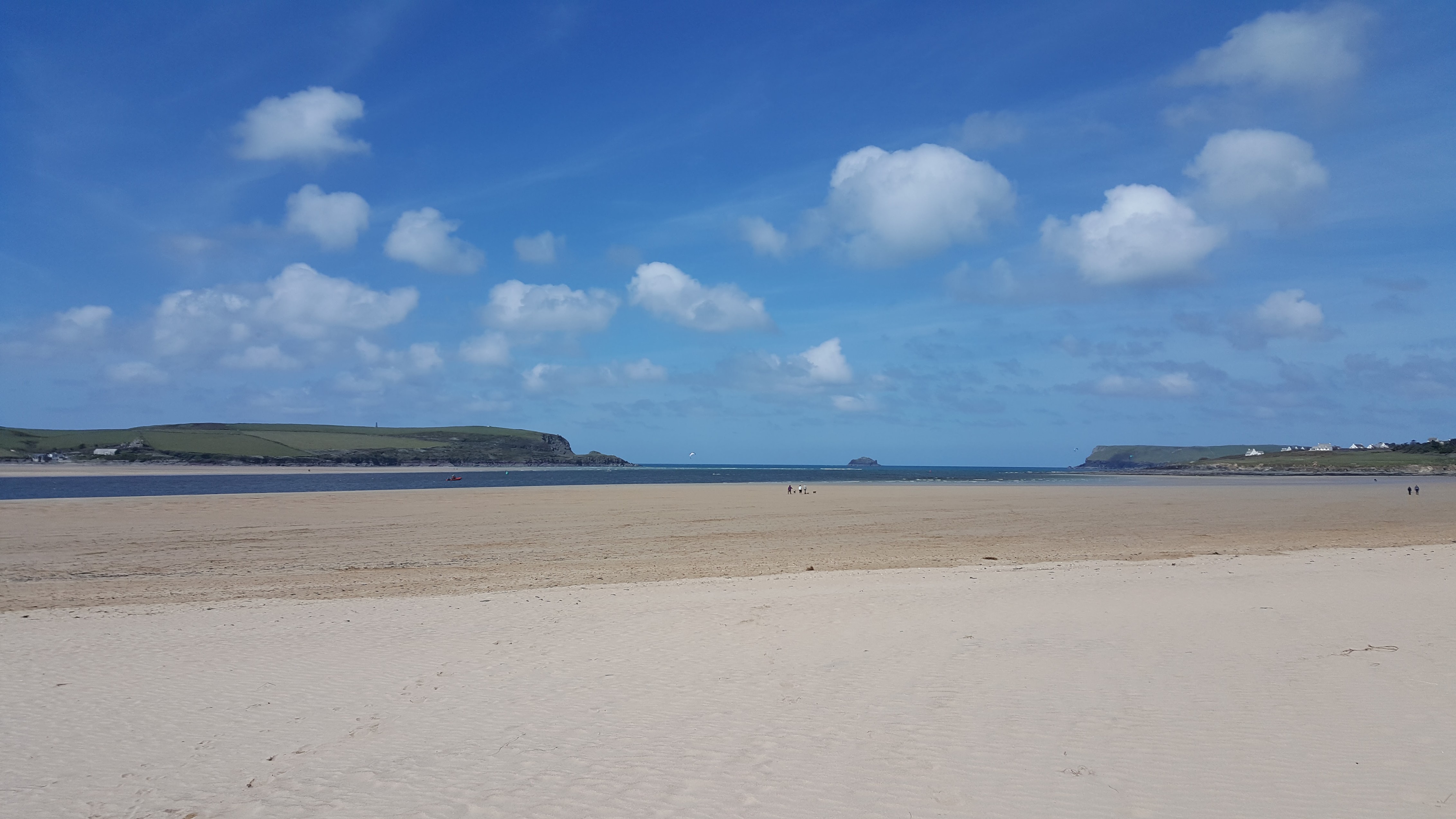
As you can see we really are spoilt for choice – you could visit a different beach a day for the entirety of your stay with us and for those who are surfing we have a wetsuit dunk tank and drying area to ensure your kit stays in top condition.
If you prefer a more active day then all these beaches are linked by the stunning South West Coast Path. You can even park at one of the beaches, walk the coastal path then catch the bus that runs between Padstow and Newquay back to where you started and you can also cross the water by hopping on the Padstow to Rock Ferry which is almost constantly running.
If you don’t fancy driving at all you can catch the bus from our entrance into Padstow and then connect to the coastal bus that runs between Padstow and Newquay which stops at many of these wonderful beaches.
I’ve already got a good book, a picnic and my wetsuit packed in the car….what are you waiting for??

Here at The Laurels we often get asked is it possible to get into Padstow & Wadebridge without a car?
The answer is most definitely YES
Whether you are a cycling enthusiast, love a good walk, like to catch the bus or prefer the convenience of a taxi there's options for everyone. (more…)
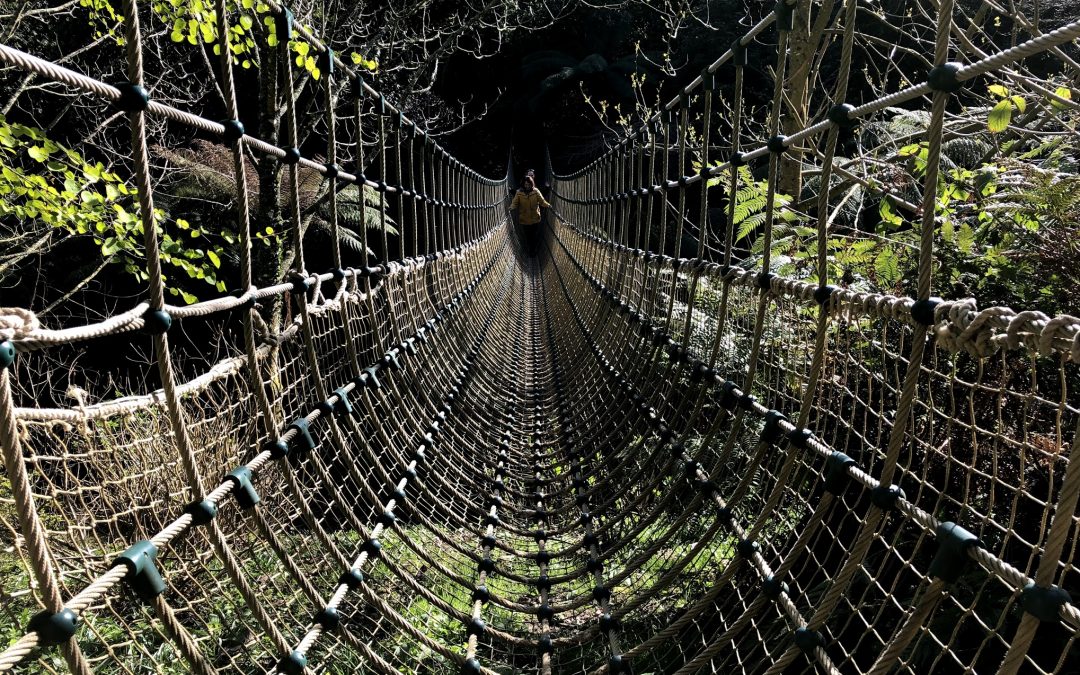
As interesting as The Eden project is - I would much rather spend my day visiting Heligan. Stunning scenery aside it has a fascinating history. Built and owned by the Tremayne family for centuries it was in the 1800’s that the gardens began to be developed and many gardeners were employed to help achieve this. Nearly all of them however were called up for service in WW1 and sadly many never returned. Heligan house was used as a convalescence hospital for officers and the gardens fell into ruin.
In the 1970’s the house was coverted into flats and sold off. In 1990 the land was inspected and the severely overgrown and derelict gardens discovered. What followed was years of painstaking and back breaking work to not only restore but develop the gardens into what they are today – a superb day out for the whole family and dog friendly too!
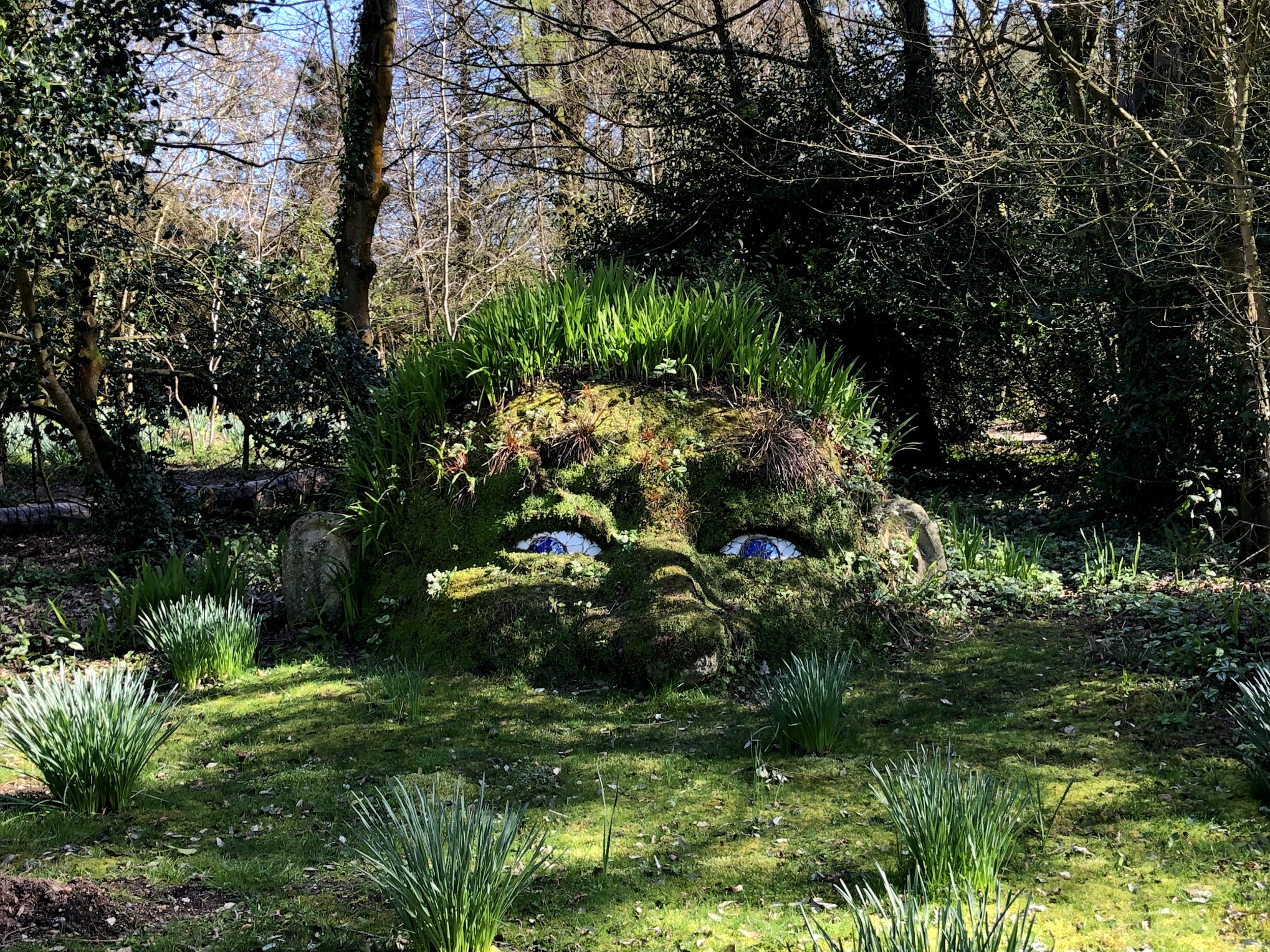
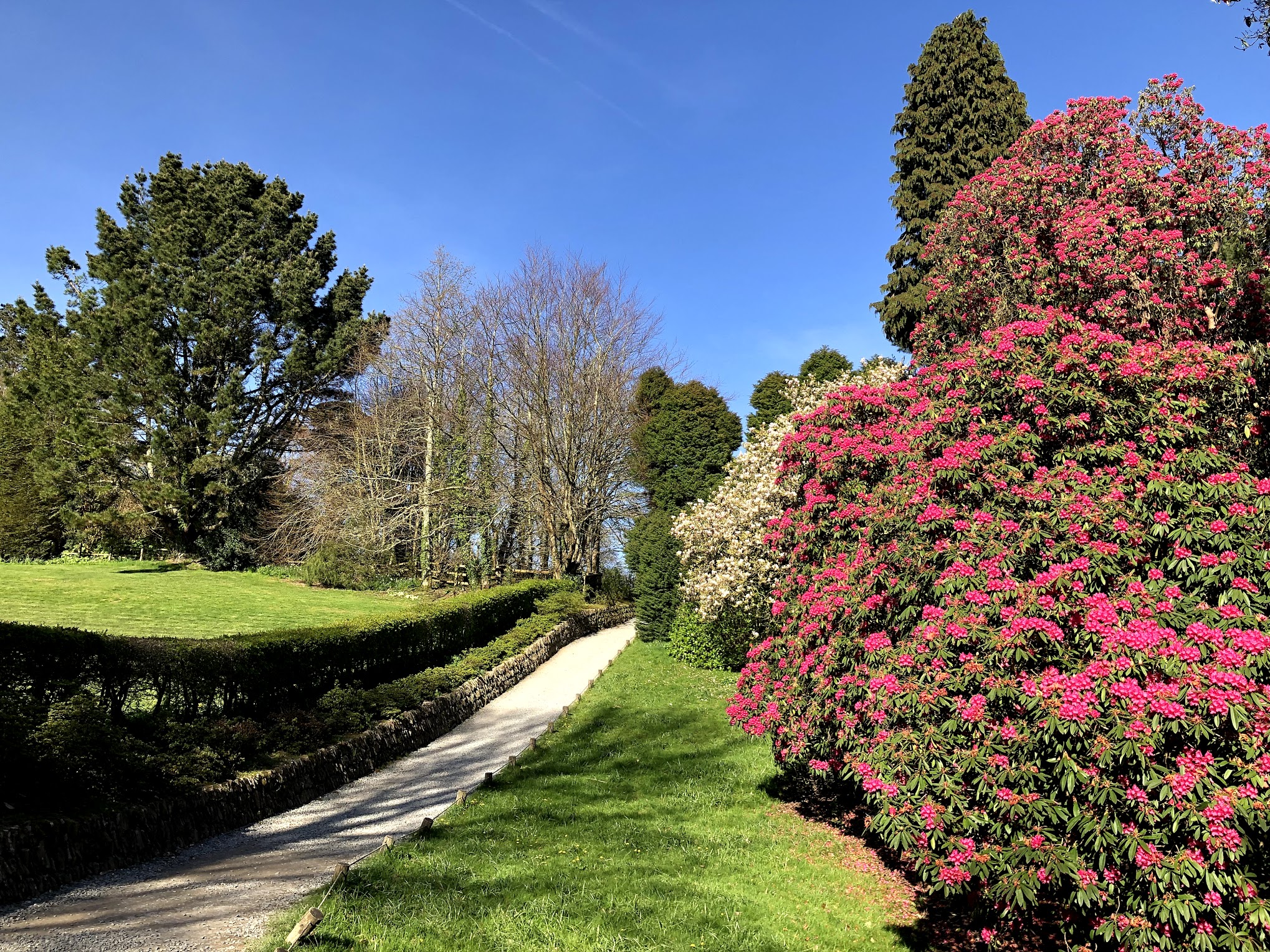
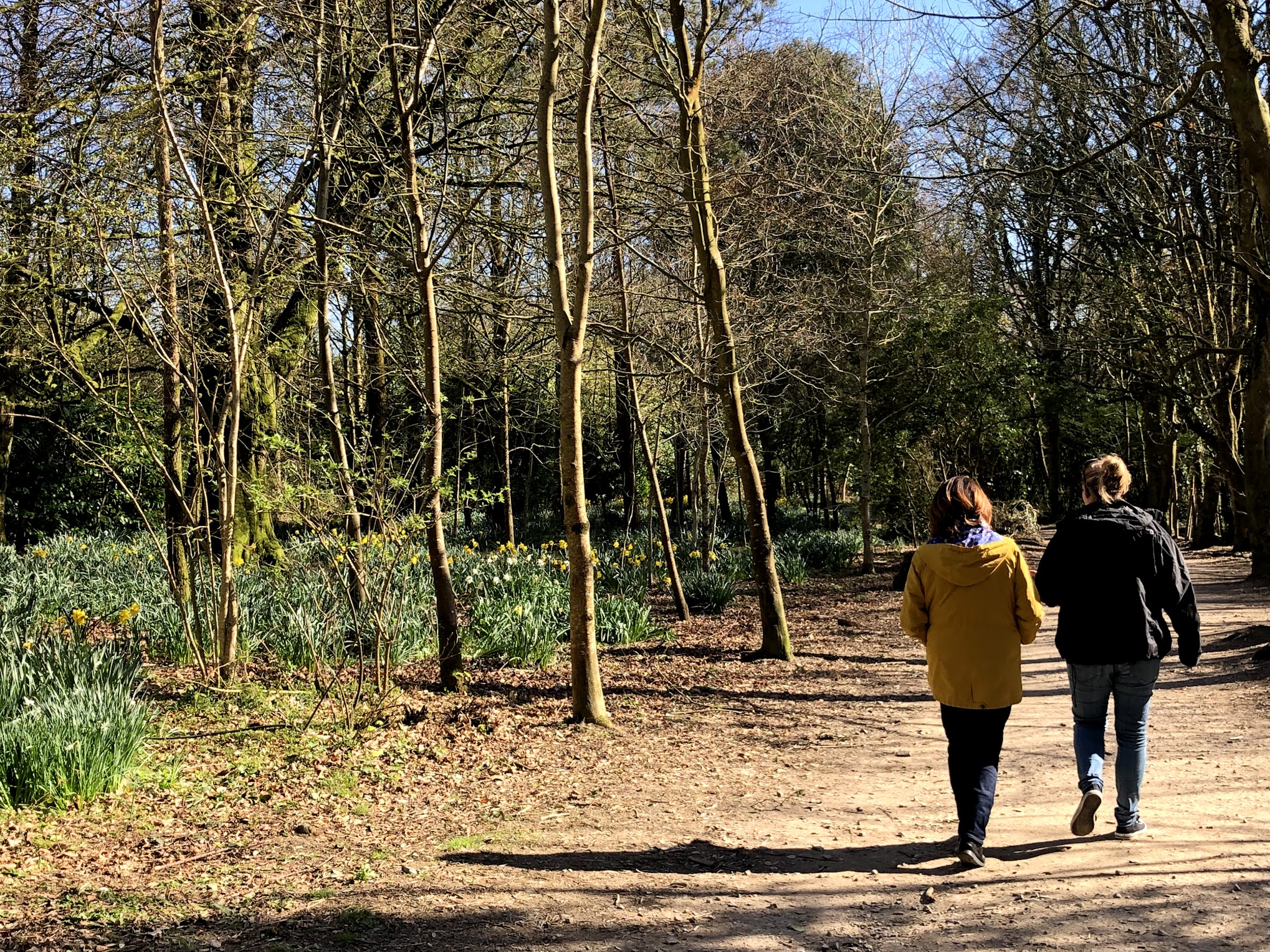
There is an extensive and in some parts steep woodland walk full of hidden surprises and a small play area for the kids. You can follow this down to the Jungle area full of banana palms and other diverse tropical species and feel like an explorer crossing the Burmese Rope Bridge!
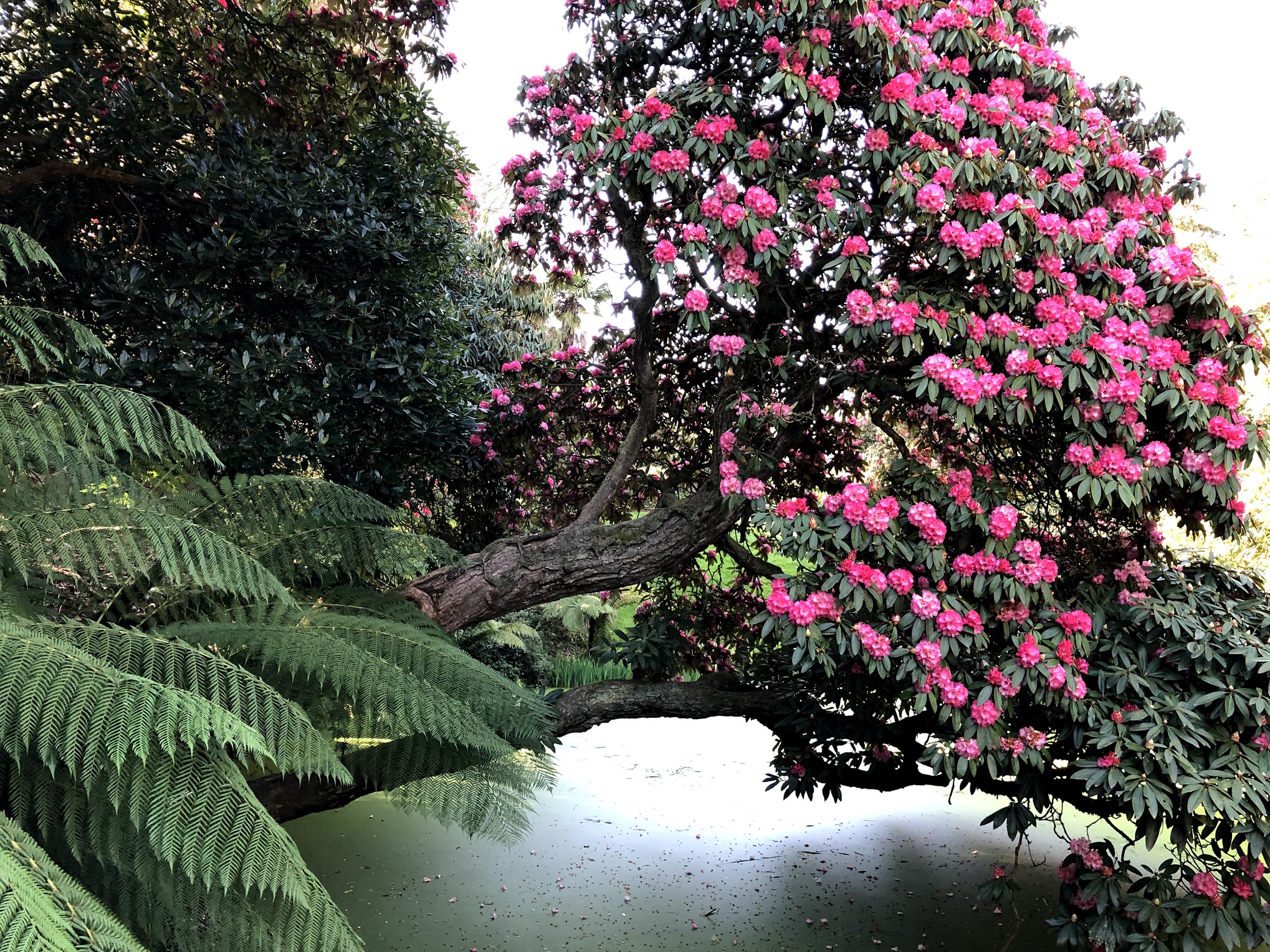
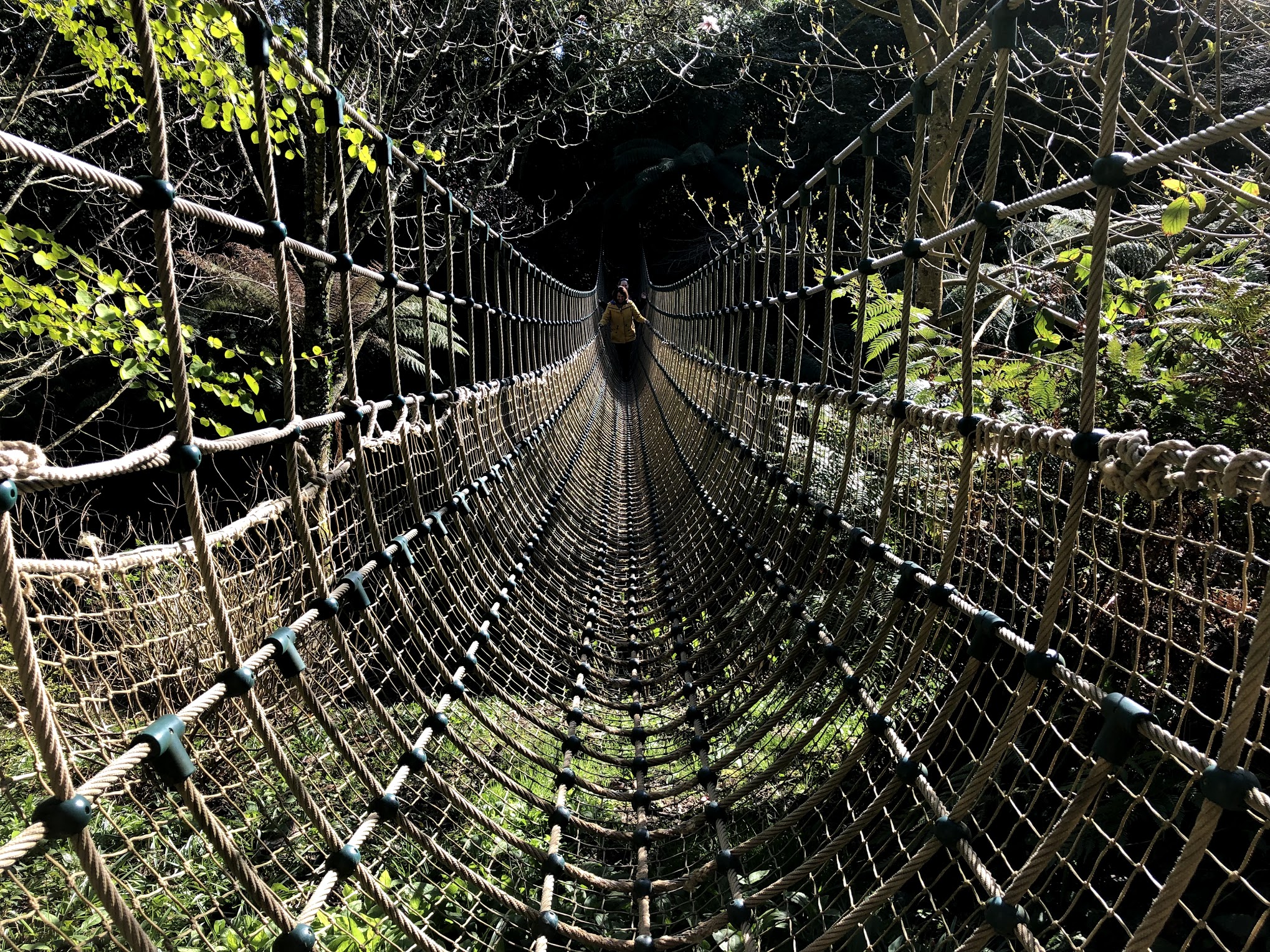
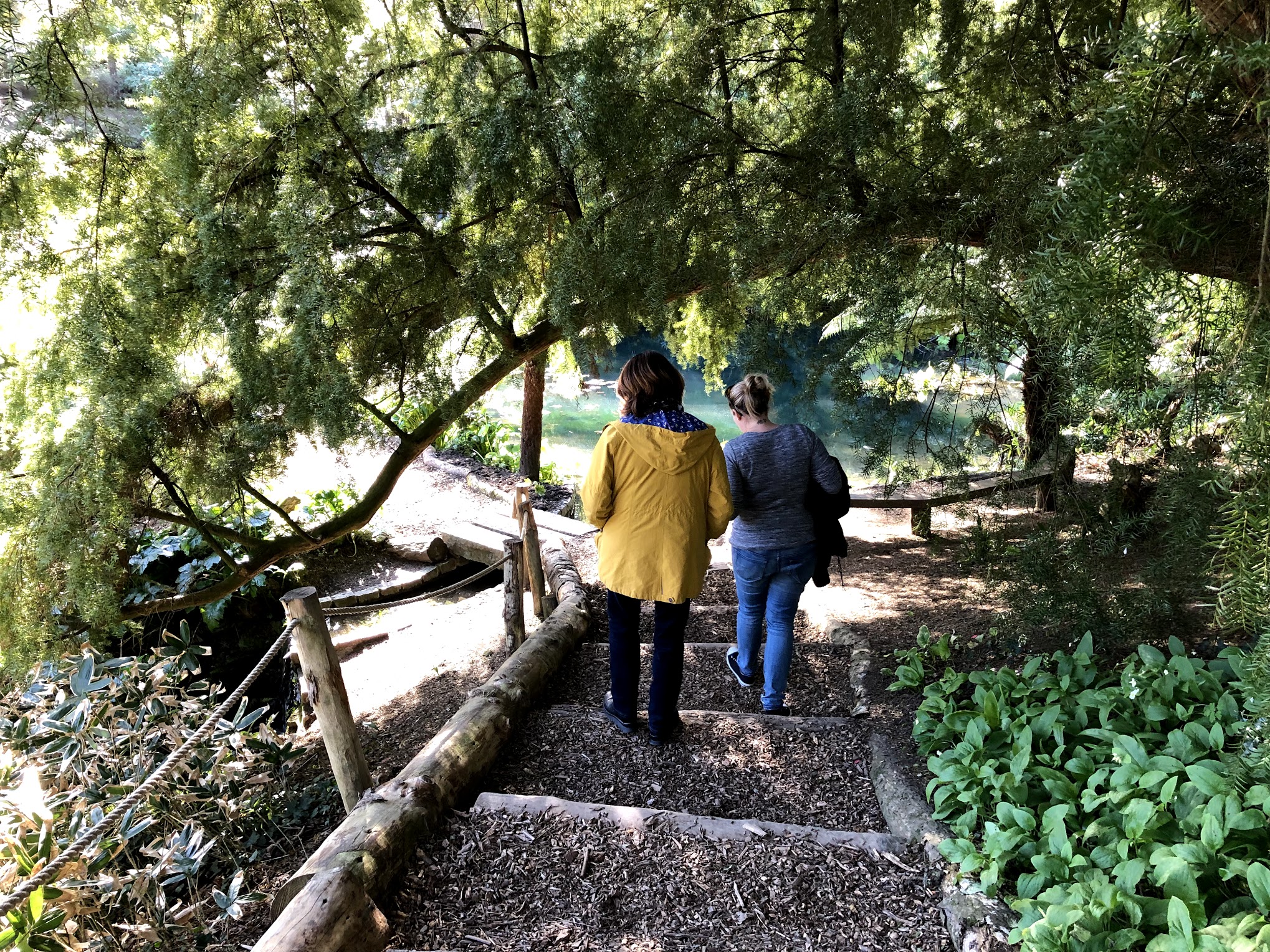
Eventually you will reach the animal enclosures with sheep, goats, ducks, hens and turkeys – many of which are on the endangered species list. You may even spot the Shire horse being trained to do work around the site.
Near to the house are the interesting and manicured formal gardens and glasshouses.
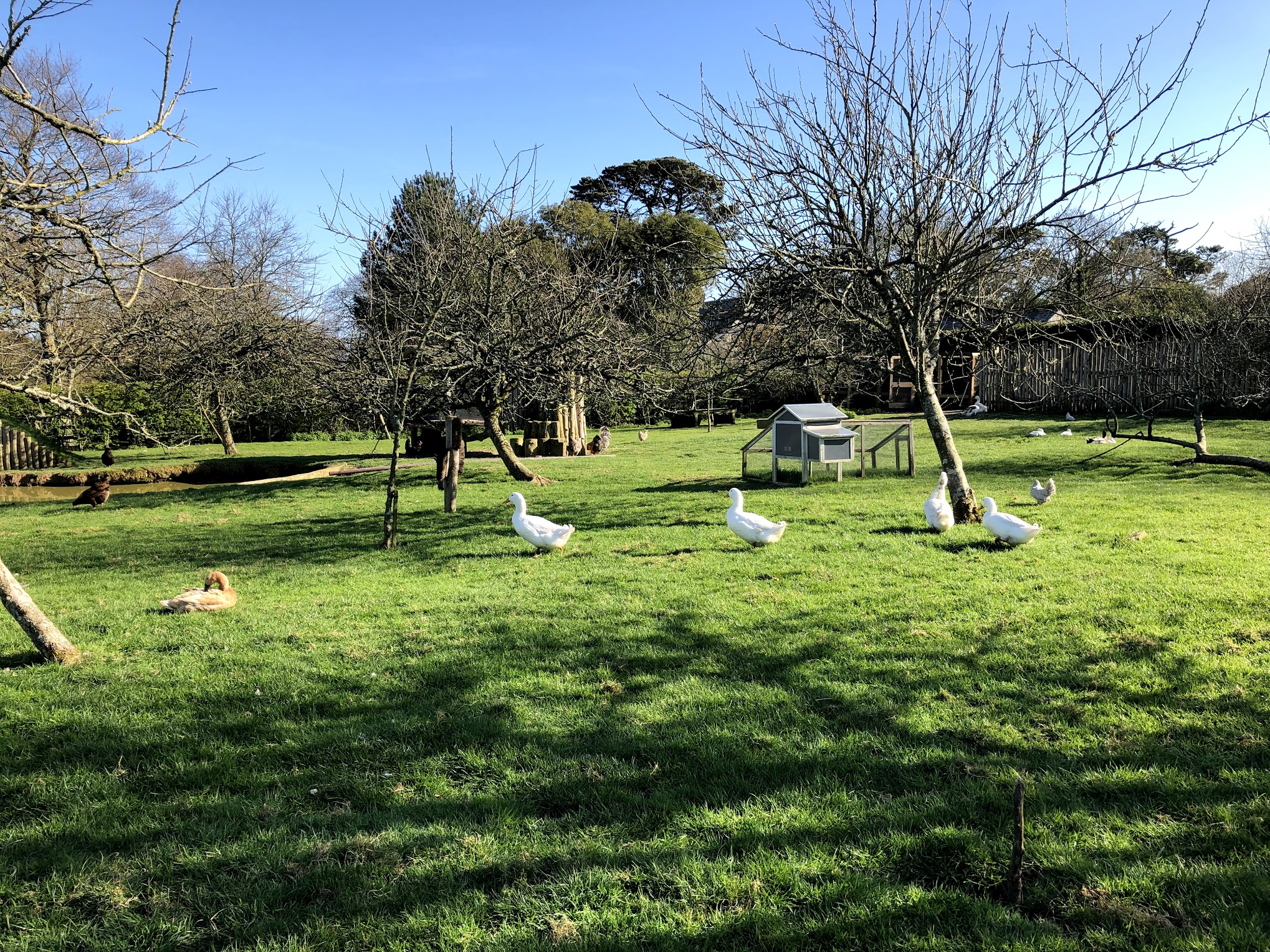
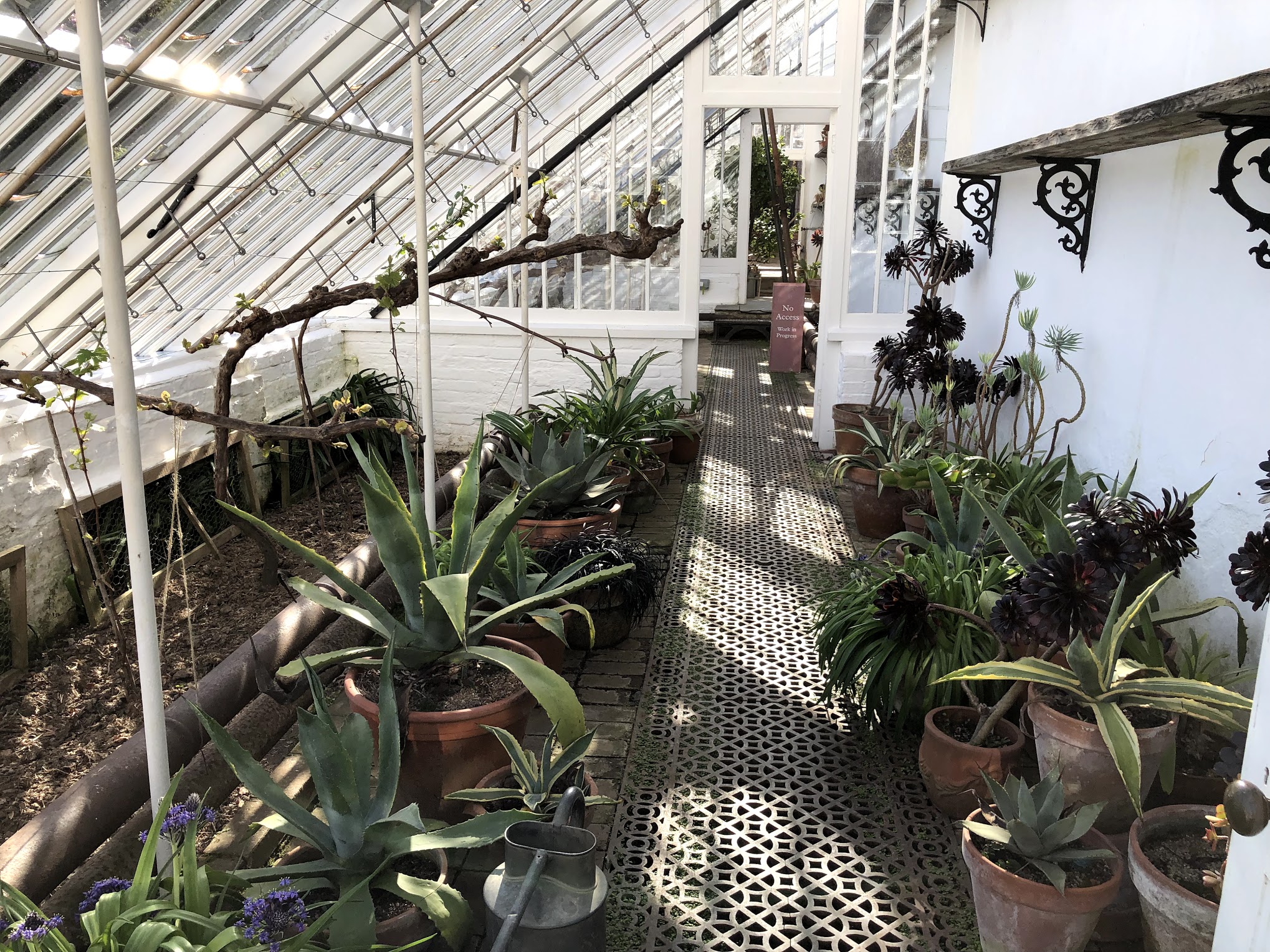
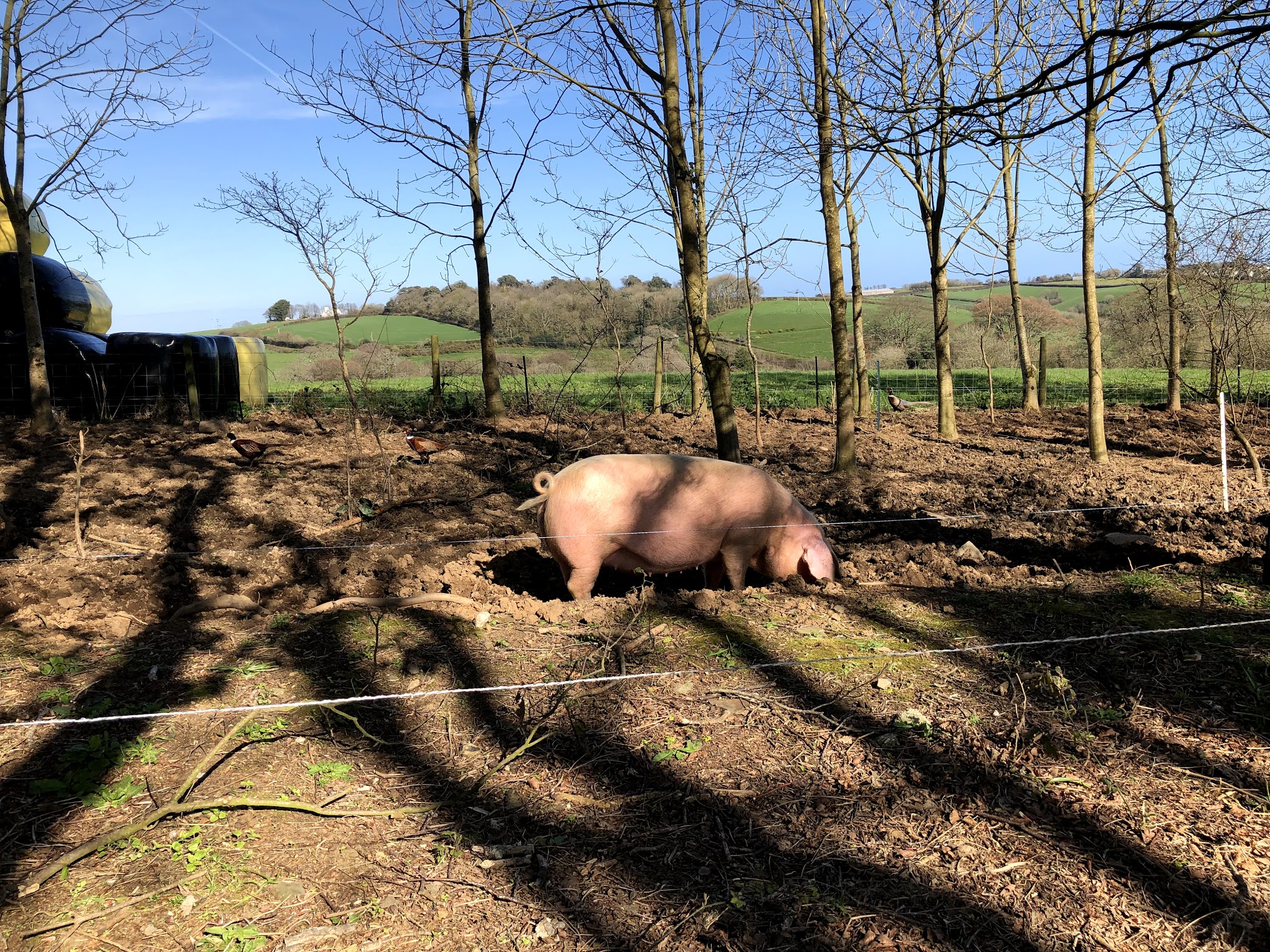
You can choose to split your day up and grab a bite to eat in the café or purchase some plants and things to take back home from the well stocked farm shop.
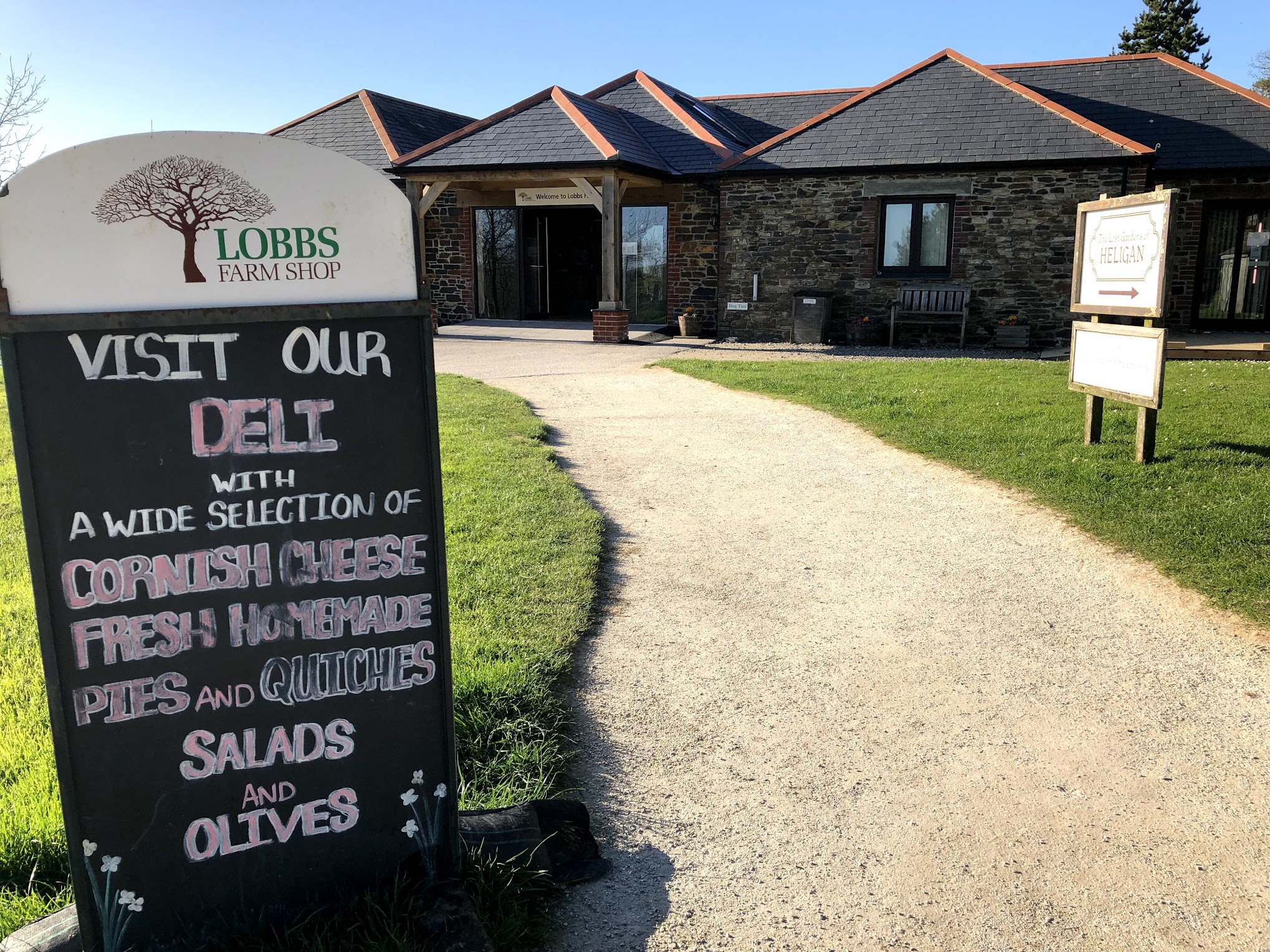

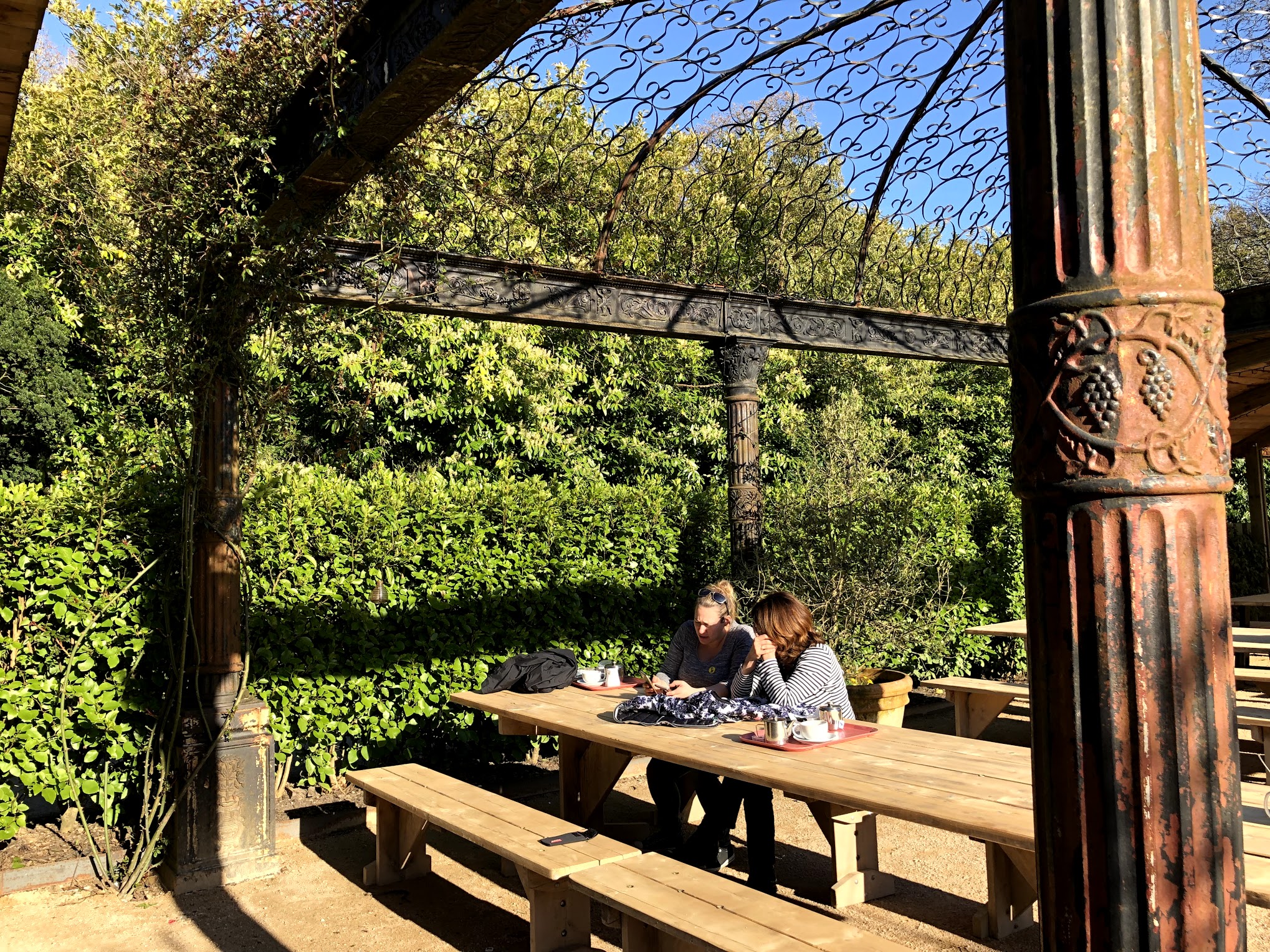
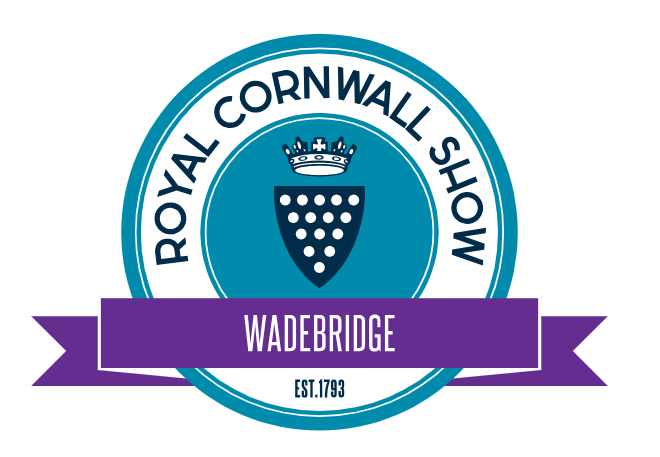
A Brief History of The Royal Cornwall Show
The Royal Cornwall Show is one of the UK’s most cherished agricultural events, with roots that stretch back over two centuries. Held annually near Wadebridge in Cornwall, this vibrant celebration of rural life brings together farming, food, livestock, crafts, and Cornish culture in a truly unique way.
The show was first staged in 1793 by the Cornwall Agricultural Society, founded to promote farming improvements and encourage excellence among local producers. Originally a simple livestock competition, the event grew steadily over the decades, mirroring the evolving agricultural landscape of the region.
In 1858, the society was granted the prestigious "Royal" designation by Queen Victoria, becoming the Royal Cornwall Agricultural Association. This elevated the show’s status and helped attract more exhibitors and visitors. By the early 20th century, it had become a key fixture in the rural calendar.
Since settling permanently in Wadebridge in 1960, the Royal Cornwall Show has expanded into a three-day extravaganza. While farming remains at its heart, it now includes equestrian events, horticultural displays, music, local food and drink, and family entertainment.
Today, the Royal Cornwall Show is not only a showcase of agricultural excellence but also a celebration of Cornish identity, tradition, and community spirit—drawing tens of thousands of visitors each June. It's a living link between past and present, rooted in the soil of Cornwall.
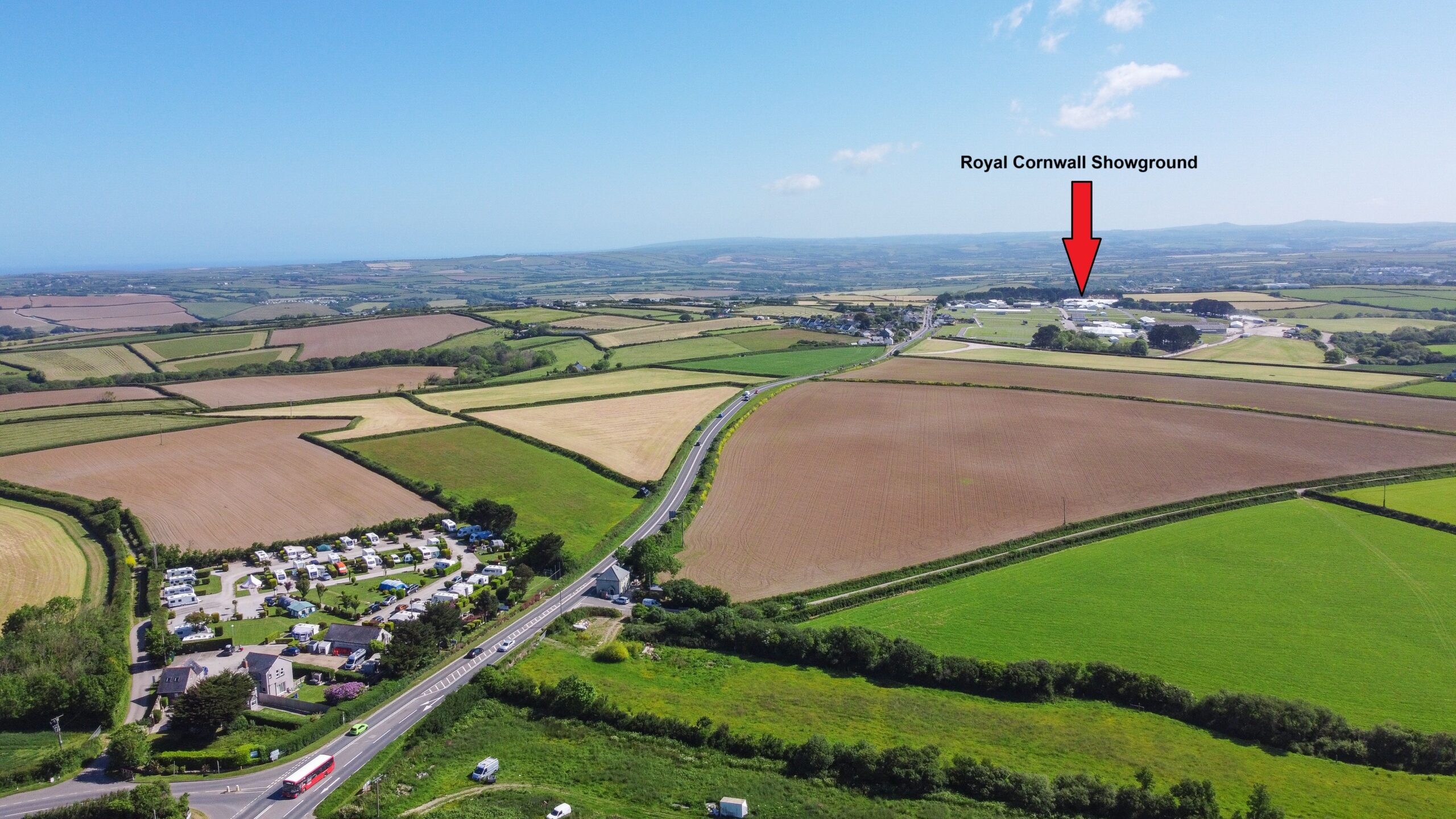

Recent Comments